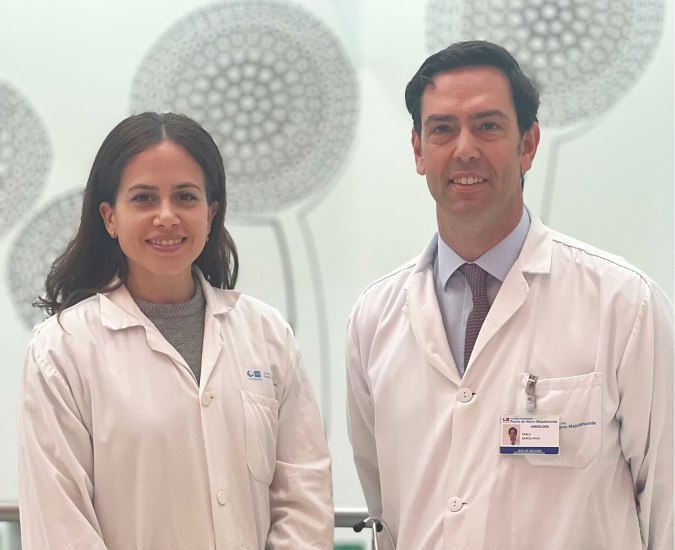Risk of dilated cardiomyopathy in genetic carriers



Spanish study conducted by Pablo García-Pavia, head of the Family Cardiovascular Diseases Unit at the Puerta de Hierro Hospital.
Dilated cardiomyopathy is the most common cause of heart failure in young people and is also the leading cause of transplantation worldwide. It is characterized by an enlargement of the heart and a decrease in its ability to pump blood properly. Likewise, patients suffering from this disease often suffer from arrhythmia and sudden death.
It is known that in approximately 30-40 percent of patients the disease is caused by a genetic change. In cases identified in this way, relatives can be studied to determine whether they have inherited the disease or not. Those who do have a higher risk of developing the disease in the future. For this reason, medical professionals recommend periodic examinations to determine when they develop heart disease and when to begin pharmacological treatment to treat the condition.
However, it is unknown how often the disease develops in family members who are genetic carriers, at what age, and whether there are factors that help determine who will develop it.
Now, a study led by Dr. Pablo García-Pavia, who is also a researcher at the National Center for Cardiovascular Research (CNIC) and leader of the CIBER Cardiovascular Research Group (CIBERCV), has for the first time established the possibility that patients carrying the genetic changes that cause the disease are developing dilated cardiomyopathy.
Dilated cardiomyopathy is the most common cause of heart failure in young people.
The study, published in the Journal of the American College of Cardiology, involved 25 Spanish hospitals. In total, data was collected from more than 779 people from 300 different families who were carriers of the genetic change but had no evidence of the disease.
The researchers found that after a median follow-up of 37 months, nearly 11% of carriers developed the disease. The study also found that the progression of the disease varied depending on the type of genetic changes that patients had.
In addition, as emphasized by Dr. Garcia Pavia, they found that patients who developed the disease “more often had some specific characteristics, such as older age, changes in the electrocardiogram and an enlarged heart with less pumping force, although within normal limits.”
Likewise, those who had genetic changes in sarcomeric genes or whose hearts showed some fibrosis on MRI were “at greater risk of developing cardiovascular disease.”
Patients suffering from this disease often suffer from arrhythmias and sudden death.
According to Dr. Eva Cabrera, a cardiologist at the Puerta de Hierro Hospital and the first signatory of the work, “the results will allow us to offer more personalized surveillance of genetic carriers without signs of disease.” Until now, monitoring of carrier patients has been the same: annual or biennial examinations. They will now be able to individualize follow-up visits, staggering them for patients without risk parameters and reducing them for those who show signs of increased risk.
It should be remembered that Garcia Pavia introduced the first drug for the treatment of “stiff heart syndrome” last year. It is an amyloid-scavenging drug against so-called transthyretin-induced cardiac amyloidosis, the initial study of which was published in New England Journal of Medicine.
